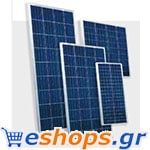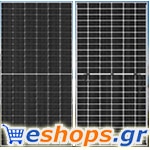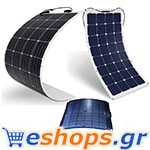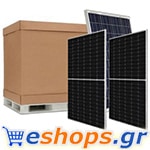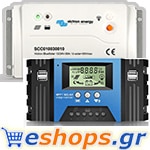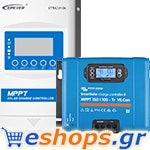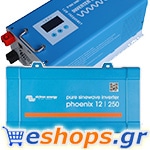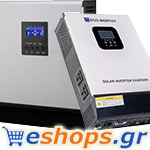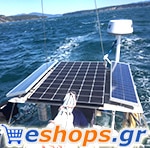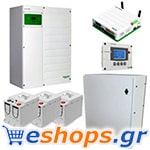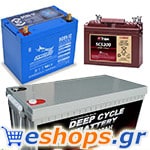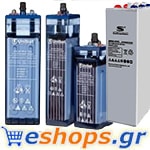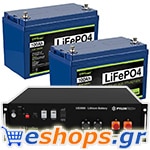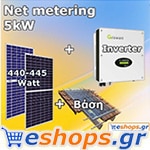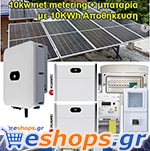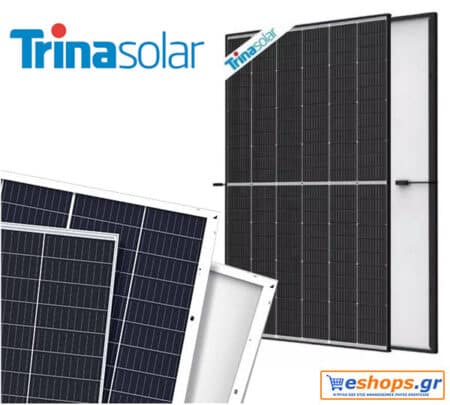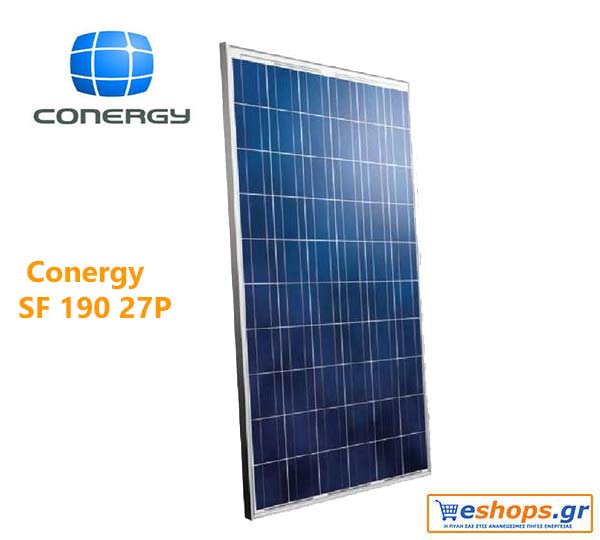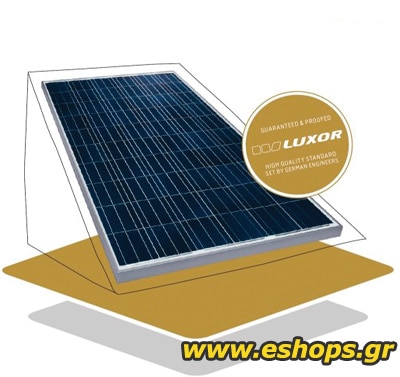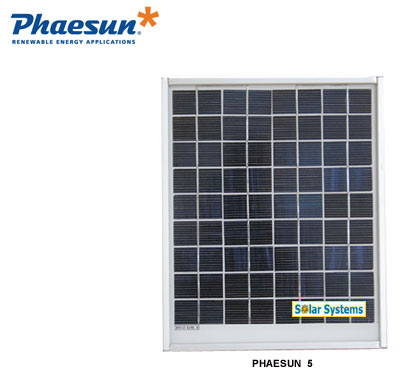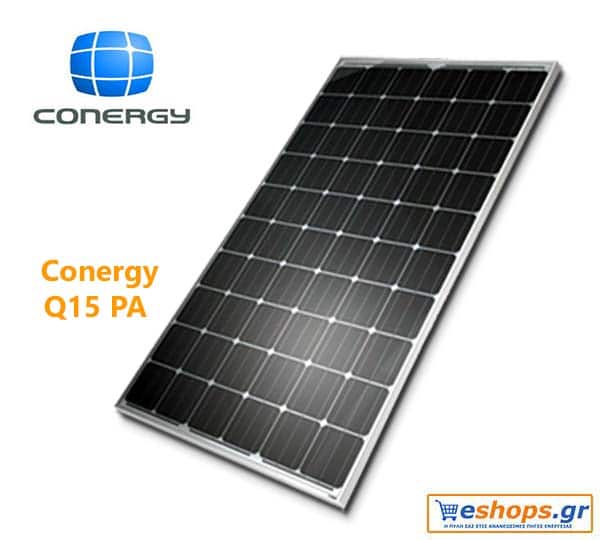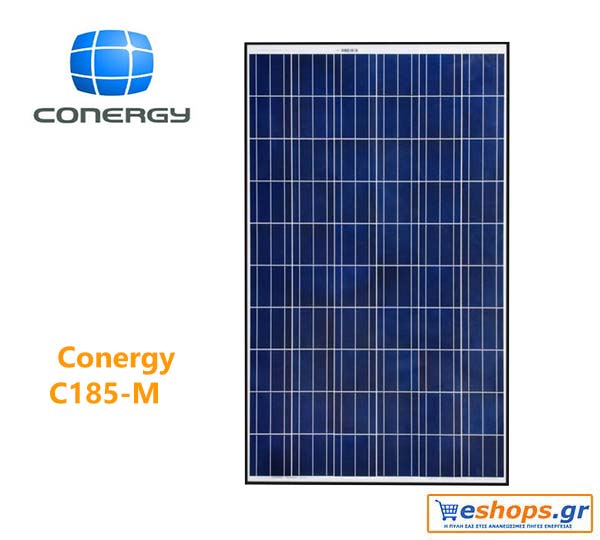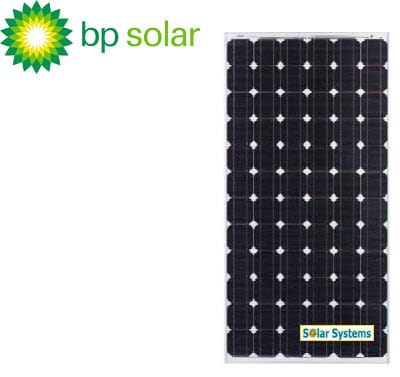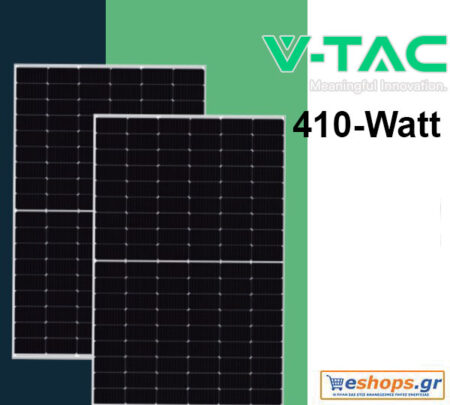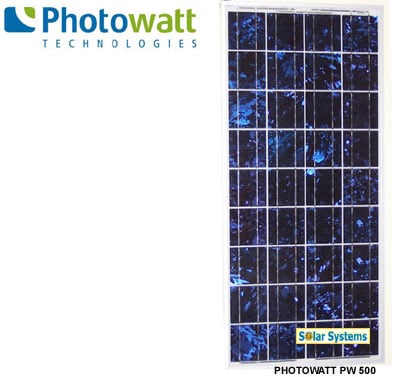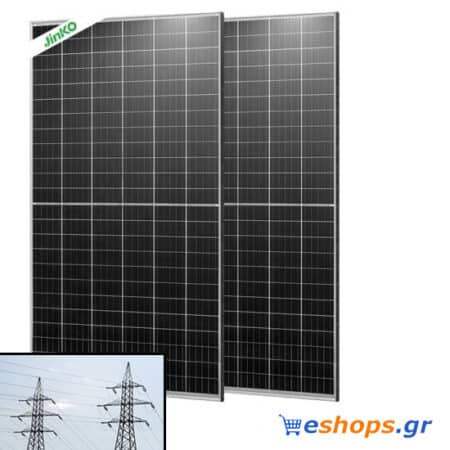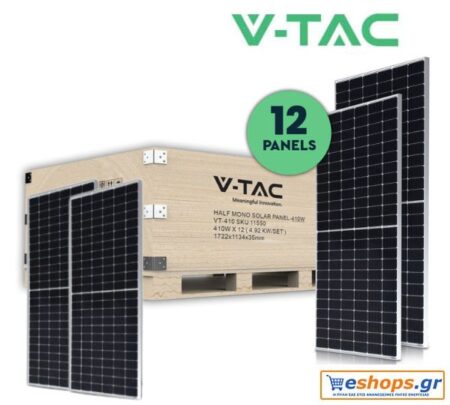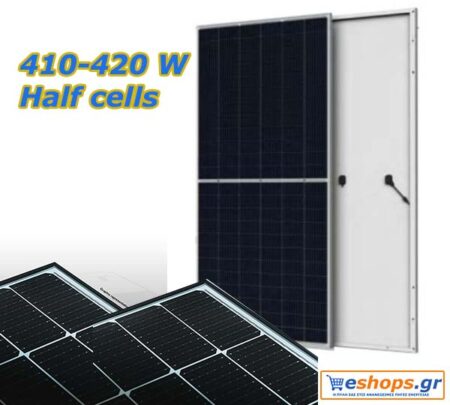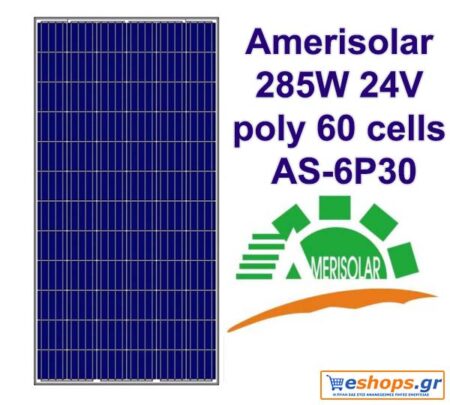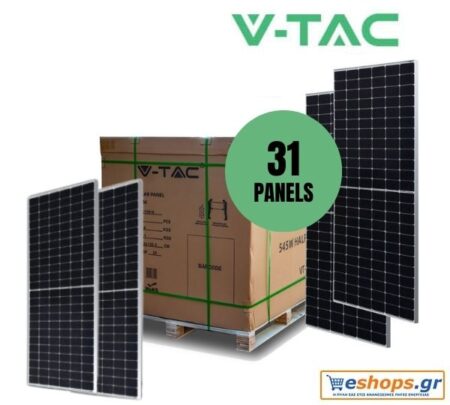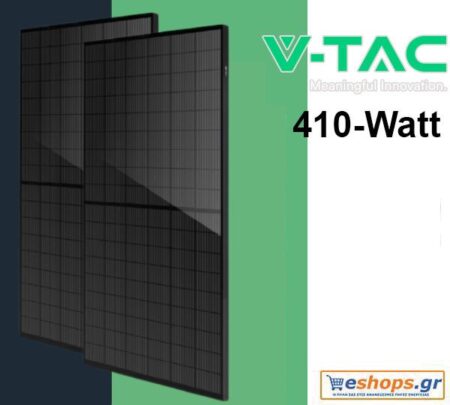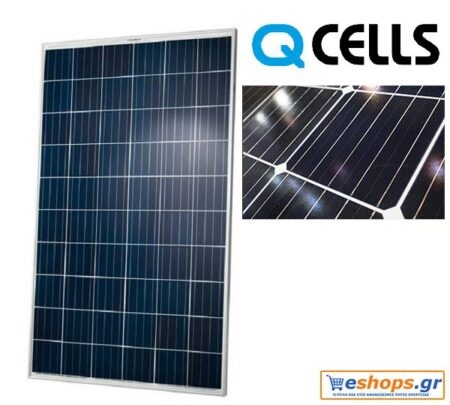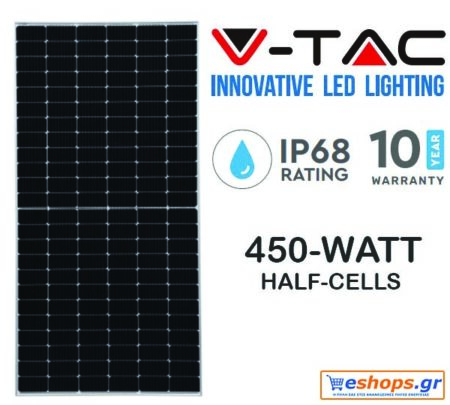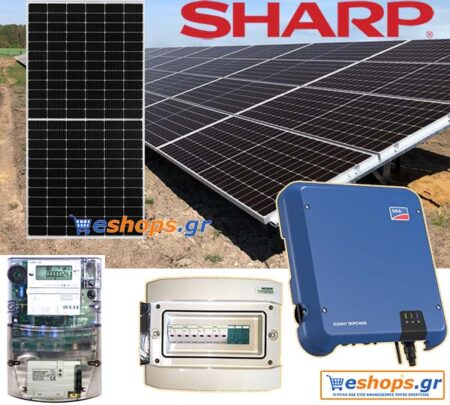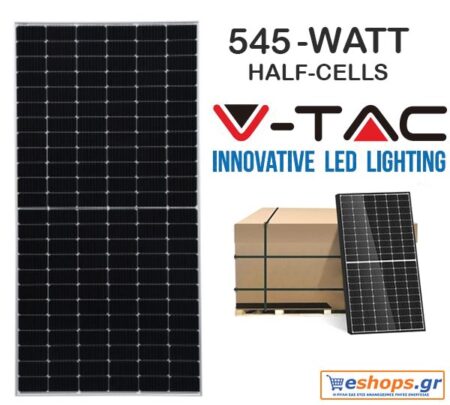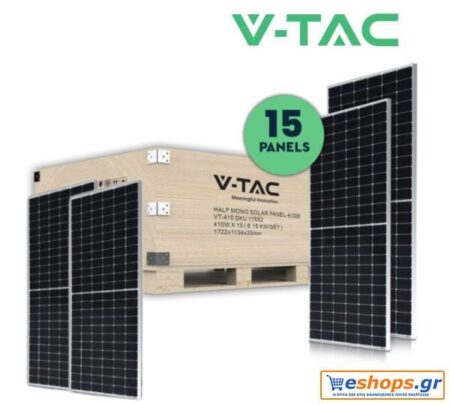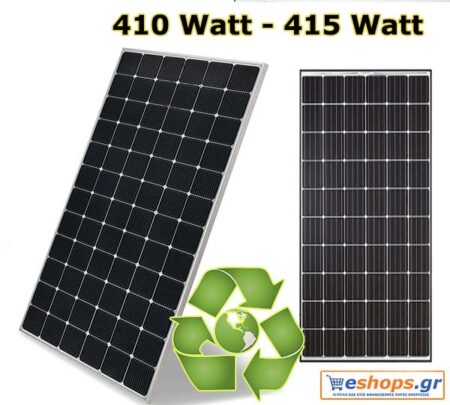Types of photovoltaic panel panels for 2023-2024
Types of photovoltaic panel panels for 2023-2024.
Photovoltaic panel technology is constantly evolving, and new types of panels are often introduced to the market. For 2023-2024, this development could include the following types of photovoltaic panels:
- High-Efficiency Polycrystalline Panels: Improved versions of polycrystalline panels with increased performance and efficiency. Polycrystalline panels remain popular due to their affordability.
- High-Efficiency Monocrystalline Panels: Monocrystalline panel technology continues to evolve, offering even higher performance compared to polycrystalline panels.
- Hybrid Panels: Hybrid panels combine photovoltaic technology with other technologies, such as thermal collectors. This can improve overall system performance.
- Transparent Panels: Panels designed to be transparent, allowing light to pass through. These can be used in applications where transparency is important, such as in buildings.
- Cylindrical Panels: Panels that are shaped like a cylinder instead of boards. These may offer certain advantages in certain applications and conditions.
- Multi-Technology Hybrid Panels: Combination of different technologies, such as polycrystalline and amorphous cells, to improve performance in various conditions.
It is important to note that the above types reflect the trends that are likely to evolve in the coming years, but the actual choice depends on many factors, such as location, financial feasibility and specific project requirements.
Find the right solar panel for your home
Did you know that the energy needs of the world for one year can be met by the sun that produces energy in just one minute? In fact, within 24 hours the Sun is able to produce more energy than the entire population will consume in 27 years.
Thus, solar energy is not only a truly reliable and sustainable source of energy, but also a very efficient and effective, if the selected types of solar panels and the environment fit perfectly together. Such promising prospects have developed in an industry that has put a lot of effort into developing effective techniques for producing, using and storing solar energy using different types of solar panels and converting sunlight into valuable electricity.
Types of photovoltaic panel panels for 2023-2024: Only a few people are aware of the different technologies available in the solar energy market, such as solar thermal and solar water heating.
While these alternatives to the classic types of solar panels are mainly used for water heating, the following paragraphs give a more detailed introduction to the different types of solar panels used to generate green electricity. Several decades of research, work and development have led to the wide range of different types of solar panels now available in the solar panel market.
To give a broader overview, eshops.gr has gathered some useful information about the most common and special types of solar panels.
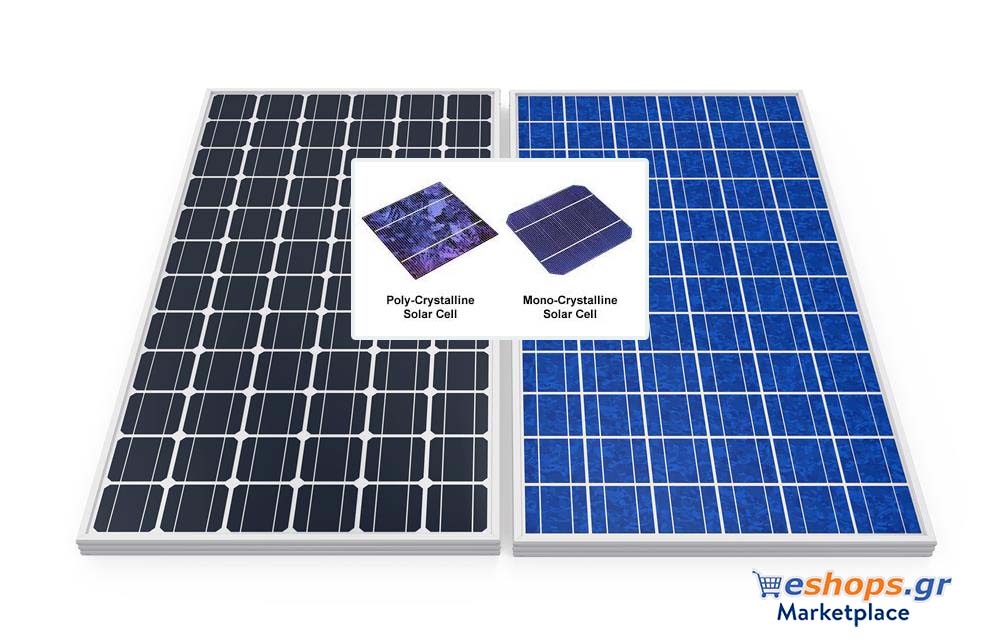
Types of photovoltaic panel panels for 2021-2022 photovoltaic-monocrystalline-polycrystalline-monocrystalline-vs-polycrystalline-solar-panels-2021-2022
Types of photovoltaic panel panels for 2021-2022: Solar cell type Yield Percentage Advantages Disadvantages
Monocrystalline solar photovoltaics panels (Mono-SI) ~ 20-21% High efficiency optimized for commercial use · high value for life Expensive
Polycrystalline solar photovoltaic panels (p-Si) ~ 15-19% lower value Sensitive to high temperatures. lower lifespan & slightly less space efficiency
Thin-Film solar photovoltaic panels: Amorphous silicon solar panels (A-SI) ~ 7-10% Relatively low cost. easy to produce & flexible lower warranties and lifespan
Concentrated photovoltaic cell (PVC) solar photovoltaic panels ~ 41% Very high rate of return and efficiency Solar monitoring and cooling system required (to achieve a high rate of return) Get your bids now! It only takes 1 minute
How to categorize the different types solar panels
Different types of solar panels serve different needs and purposes. For a quick and general overview, refer to the ultimate solar panel guide, for a detailed description of the different types of solar panels, keep reading.
Since sunlight can be used differently, either on Earth or in space, it indicates that the location itself is an important factor in choosing one type of solar panel over another.
Distinguishing between different types of solar panels often means distinguishing between single-link and multi-link solar panels - either first, second or third generation. The single connection and the many nodes differ in the number of layers in the solar panel that will observe the sunlight, while the classification by generation focuses on the materials and the efficiency of the different types of solar panels.
1st generation solar panels
These are the traditional types of monocrystalline or polysilicon solar panels and are most commonly used in conventional environments.
Monocrystalline solar panels (Mono-SI)
Monocrystalline solar panels (Mono-SI) This type of solar panels (from monocrystalline silicon) is the purest. You can easily recognize them by their uniform dark appearance and rounded edges. The high purity of silicon causes this type of solar panel to have one of the highest efficiency rates, with newer ones reaching over 20%.
Monocrystalline panels have high output power, take up less space and last longer. Of course, this also means that they are the most expensive of the bunch. Another advantage to consider is that they tend to be affected slightly less by high temperatures compared to polycrystalline panels.
Polycrystalline solar panels (Poly-SI) Polycrystalline solar panels (p-SI)
You can quickly distinguish these panels because this type of solar panel is square, its corners are not cut and it has a blue, stained appearance. It is made by melting raw silicon, which is a faster and cheaper process than that used for monocrystalline panels.
This leads to a lower final price, but also to a lower efficiency (about 15%), lower space efficiency and shorter service life, as they are affected by high temperatures to a greater extent. However, the differences between mono- and polycrystalline types of solar panels are not so significant and the choice will largely depend on your particular case. The first option offers slightly higher space efficiency at a slightly higher price, but the power outputs are basically the same.
2st generation solar panels
These elements are different types of thin film solar cells and are mainly used for photovoltaic power plants, integrated in buildings or smaller solar systems.
Thin-Film Solar Cells (TFSC)
If you are looking for a less expensive option, you may want to consider thin film. Thin film solar panels are made by placing one or more films of photovoltaic material (such as silicon, cadmium or copper) on a substrate. These types of solar panels are the easiest to manufacture and economies of scale make them cheaper than alternatives due to the fact that less material is required to produce them.
They are also flexible - opening up many opportunities for alternative applications - and are less affected by high temperatures. The main problem is that they take up a lot of space, making them generally unsuitable for home installations. In addition, they have the smallest guarantees, because their lifespan is shorter than the mono- and polycrystalline types of solar panels. However, it can be a good choice to choose between different types of solar panels where there is a lot of space.
Amorphous silicon solar cell (A-Si)
Have you ever used a solar pocket calculator? Yes? Then you have definitely seen these types of solar panels in the past. The amorphous silicon solar cell is among the various types of solar panels used mainly in these Pocket PCs. This type of solar panel uses triple layer technology, which is the best of the thin film variety.
To give a brief impression of what "thin" means, in this case, we are talking about a thickness of 1 micrometer (one centimeter of meter) With a yield of only 7%, these cells are less efficient than crystalline silicon - which has a rhythm efficiency of about 18% - but the advantage is the fact that A-Si cells have a relatively low cost.
3st generation solar panels
3rd generation solar panels include a variety of thin film technologies, but most of them are still in the research or development stage. Some of them generate electricity using organic materials, others use inorganic substances (for example CdTe).
Biohybrid Solar Cell
The Biohybrid solar cell is one of the types of solar panels still in the research stage. Discovered by a team of experts at Vanderbilt University. The idea behind the new technology is to take advantage of photosystem 1 and thus mimic the natural process of photosynthesis. If you want to know more about how the bio-hybrid solar cell works in detail, read more about it in the American Journal of Optics and Photonics. Explains in more detail how these cells work. Many of the materials used in this cell are similar to traditional methods, but only by combining the multiple layers of photosystem 1, the conversion from chemical to electrical becomes much more efficient (up to 1000 times more efficient than first generation types solar panels).
Cadmium Telluride Solar Cell (CdTe)
Among the collection of different types of solar panels, this photovoltaic technique uses Cadmium Telluride, which allows the production of solar cells at a relatively low cost and therefore shorter efficiency time (less than one year). Of all the solar energy technologies, this is the one that requires the least amount of water for production. Due to the short energy efficiency time, CdTe solar cells will keep the carbon footprint as low as possible. The only disadvantage of using Cadmium Telluride is that it is toxic if swallowed or inhaled. In Europe in particular, this is one of the biggest obstacles to overcome, as many people are very concerned about using the technology behind this type of solar panel.
Concentrated photovoltaic cell (CVP and HCVP)
Concentrated photovoltaic cells generate electricity like conventional photovoltaic systems. These types of multi-connection solar panels have an efficiency of up to 41%, which, among all photovoltaic systems, is the highest to date.
Concentrated solar cell
The name of such CVP cells is related to what makes them so effective compared to other types of solar panels: curved mirror surfaces, lenses and sometimes even cooling systems are used to bundle the sun's rays and thus increase their efficiency.
In this way, CVP cells have become one of the most efficient solar panels, with a high rate of yield and efficiency of up to 41%. What remains is the fact that such CVP solar panels can only be equally effective if they face the sun at a perfect angle. In order to achieve such high efficiency rates, a solar detector inside the solar panel is responsible for monitoring the sun.

